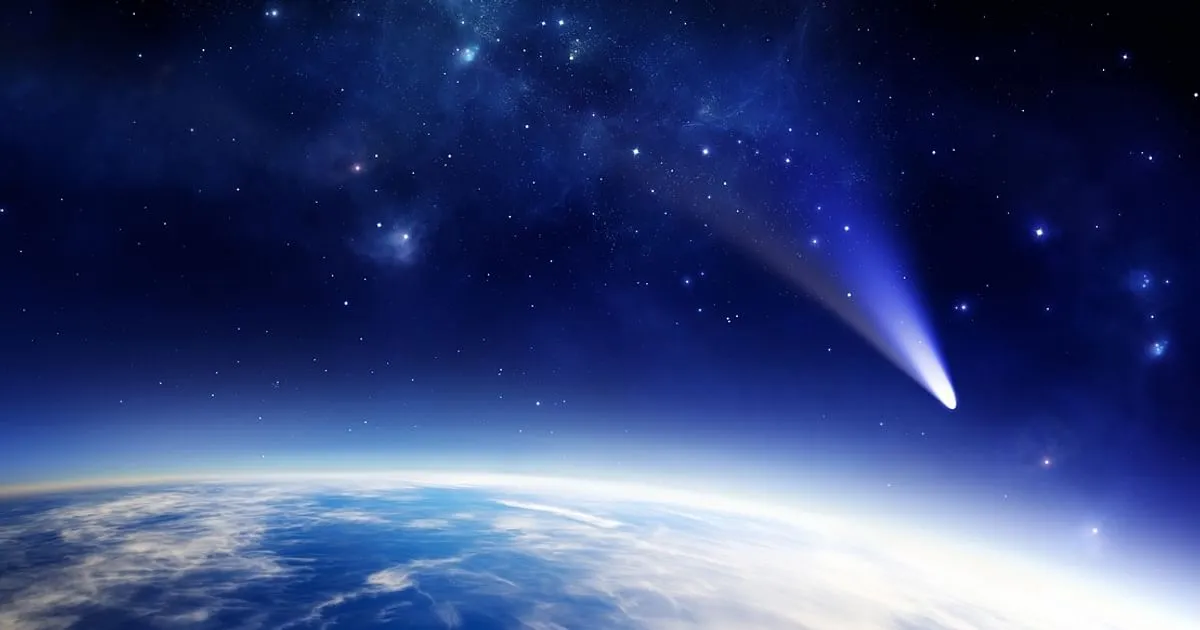
A 500 kg object is making headlines as it is set to crash-land on Earth. Surprisingly, this object is not an asteroid but a former Soviet spacecraft known as Kosmos 482. Weighing approximately 453 kg (1,000 pounds), this spacecraft is predicted to re-enter Earth's atmosphere between May 8 and May 11, 2025.
Kosmos 482 was launched by the Soviet Union as part of its military satellite program. Originally designed for reconnaissance missions, this spacecraft has been orbiting the Earth for decades. Its impending re-entry raises important questions about space debris and the potential risks associated with spacecraft re-entries.
The predicted timeline for the re-entry of Kosmos 482 is a significant event for both space enthusiasts and scientists alike. As it approaches the Earth, experts are closely monitoring its trajectory. The re-entry window of May 8 to May 11, 2025, is a critical period during which the spacecraft could potentially disintegrate upon entering the atmosphere or crash in a populated area.
The return of Kosmos 482 highlights the growing concern surrounding space debris. With thousands of defunct satellites and other objects littering Earth's orbit, the risks of collision and uncontrolled re-entries have become more pronounced. Experts are advocating for better monitoring systems and policies to manage space debris effectively.
As Kosmos 482 descends back to Earth, it will encounter intense heat and pressure, which could lead to its disintegration. However, some larger pieces may survive the fall. The public is advised to stay informed through official channels about any potential impact zones or safety measures that may need to be taken.
The re-entry of Kosmos 482 represents a fascinating yet concerning event in our current era of space exploration and management. As we await its return, it serves as a reminder of the importance of addressing the challenges posed by space debris and the need for sustainable practices in the use of outer space.